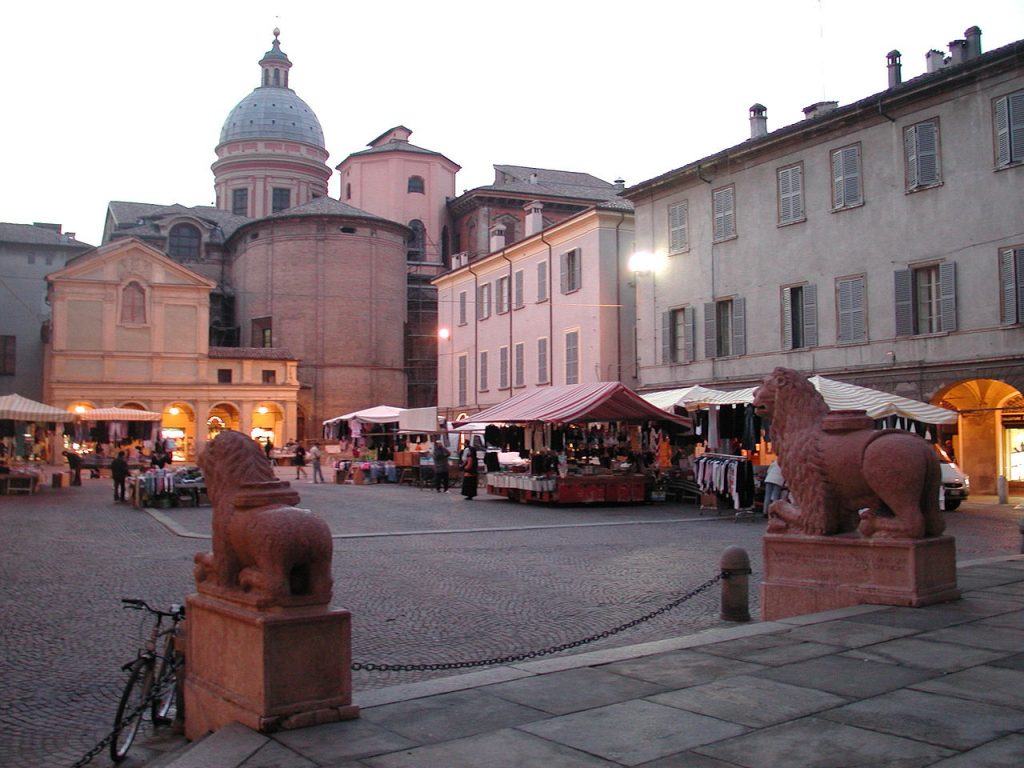The Reggio Emilia Approach originated after World War II in and around the town of Reggio Emilia, Italy out of a movement towards progressive and cooperative early childhood education.
Some key principles include:
This approach is unique to Reggio Emilia. It is not a method. There is no international training colleges to train to be a Reggio Emilia teacher. Outside of the town of Reggio Emilia, all schools and preschools that use this approach are “Reggio-inspired,” using an adaptation of the approach specific to the needs of their community.
This is so important, as each student, teacher, parent, community and town are different. No two Reggio-inspired communities should look the same, as the needs and interests of the children within each community will be different.
This guide was developed to present the vision of our approach toward teaching and learning as well as our definition of “Reggio-inspired.” It was created to provide a standard for all classrooms to follow to ensure consistency and quality throughout the center.
